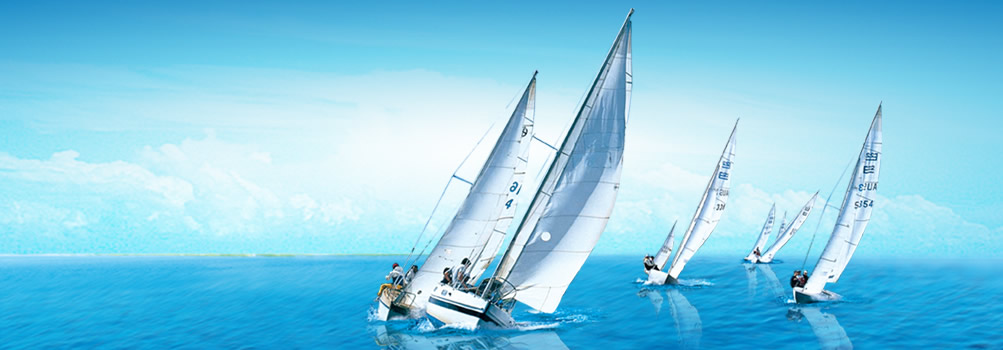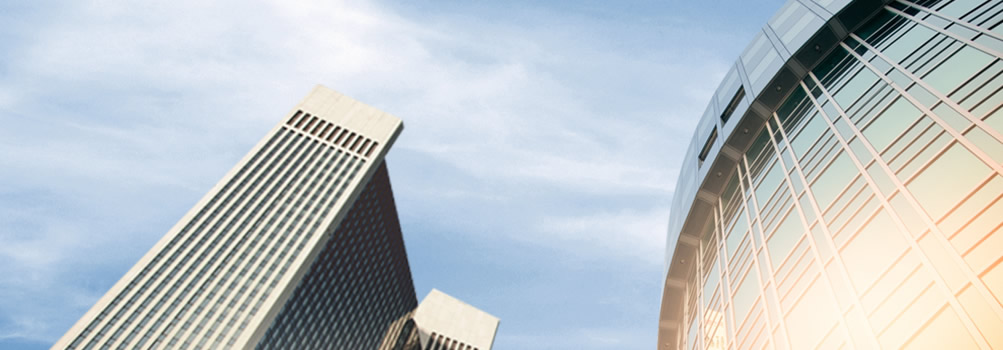(1) Stretching
Screen version of the screen frame has a wooden frame, metal frame, plastic boxes, combo boxes and the like. When stretching, the first to be cleaned screen frame, stretching may be employed manual, mechanical or pneumatic means, after stretching for bonding and finishing. Stretching requires proper screen tension, uniform and stable, consistent wire to avoid the oblique, parallel to each weft yarn.
(2) the plate
① direct method: Screen Cleaning → photoresist coated copy → → developing → Revised Edition. This method is time-consuming coating film thickness is adjustable, with a solid, anti-Indian, graphic-prone teeth. ② indirect method: Film with printing down → → → developing film exposing the film base sheet → → Revised Edition. This method is complicated to operate, clean lines, the film is not strong, low anti-Indian forces, the film thickness change. ③ mixing: halftone proofing washing → → → developing film sheet → Revised Edition. This method is simple, fixed thickness, line smooth, more solid.
(3) Screen CTP
① laser ablation-plate: first in a wire mesh screen coated with photoresist, a photosensitive layer with a laser burn, graphic part of the mesh transparent, pre-press computer control system of local ablation, this method can only be used for metal network. ② laser exposure to plate: the first in-line wire coating photoresist, prepress system computer-controlled laser imaging on the screen, a screen version of the system. This method uses a special plate sensitive adhesive, the ultraviolet light range is narrow, the high price of laser exposure system. ③ ink jet imaging system: first in the wire-line coating photoresist, prepress system computer control system of the light-blocking ink jet ink is sprayed onto the graphic part of the photosensitive layer, and then fully UV exposure. Graphic part is not photosensitive, rinse off photoresist; a blank portion of the photosensitive hardening. This method can be used ordinary photoresist, without loss of image details.
Contact us

Tel: 86 13613185116
Fax 86 312 8354216
Skype: sweetsong123
QQ: 515287291
E-mail: sweetsong123@gmail.com






